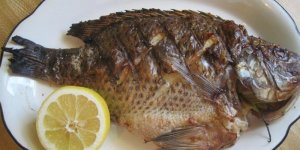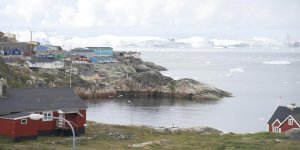| News / Science News |
Fish larvae lose their way to safety in acidified oceans
Native fish hatchlings will find it more difficult to use sound to reach secure shelters in the oceans of the future that are acidified by carbon dioxide (CO2), threatening fish populations.
Research by Ivan Nagelkerken and colleagues at the Environment Institute of the University of Adelaide, in Australia, showed that in high CO2 conditions, barramundi larvae move away from the ocean noises to which they are normally attracted. Instead, the larvae become attracted to sounds produced by the wrong sort of habitats or to artificial ‘white noise’.
Barramundi or Asian sea bass, an important commercial fish, are born at sea and migrate as juveniles and adults to fresh, protected areas. Hatchlings listen to the sounds of coastal ecosystems to guide them to sheltered waters.
In their study, the researchers compared the responses of barramundi larvae in marine tanks with different CO2 levels: those predicted at the turn of the century, against current day CO2 levels. They found that the larvae were attracted to the sounds of tropical estuaries under current conditions, but deterred by the same sounds under simulated future ocean conditions.
Moreover, under elevated CO2 conditions, larval barramundi were attracted to the wrong sounds.
Elevated CO2 interferes with the brain functioning of fish so that they do not respond to natural cues and are attracted to unnatural cues.
If ocean acidification causes larvae to be attracted to irrelevant sounds, they could end up in the wrong habitat or in inhospitable places. This could also result in smaller adult fish, with significant impact on fisheries.
It is difficult to predict if the results would be the same with other fish. Although one overarching conclusion of ocean acidification studies is that different species respond differently to elevated CO2 conditions, similar results have been reported in studies with different coral reef species. (SciDev.Net)
YOU MAY ALSO LIKE




